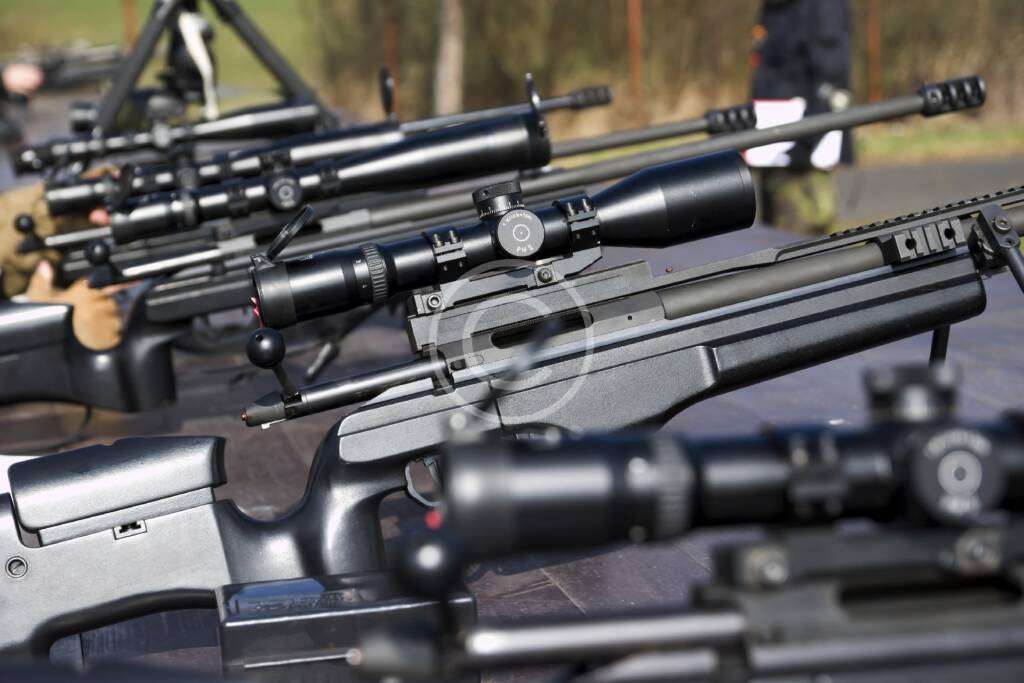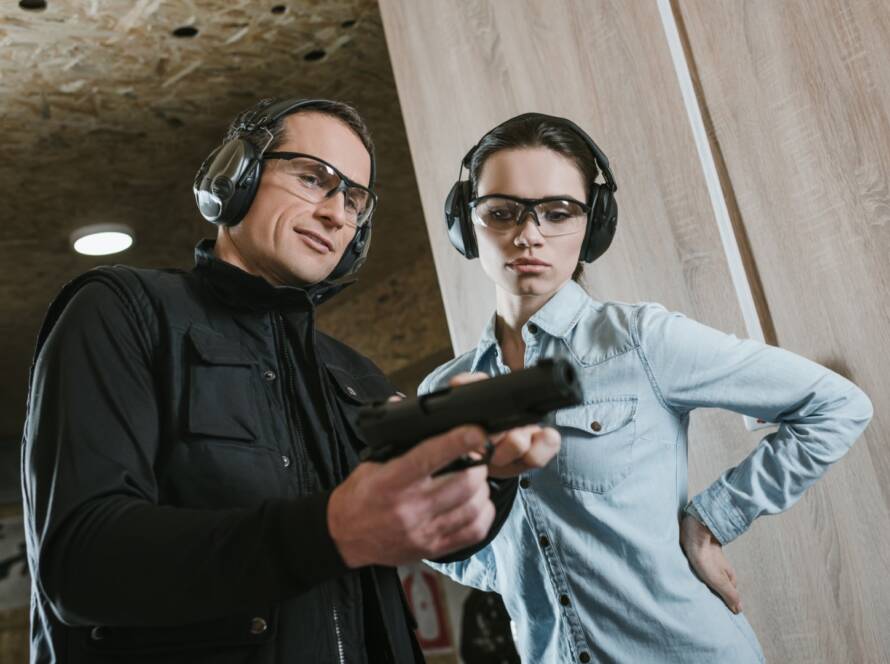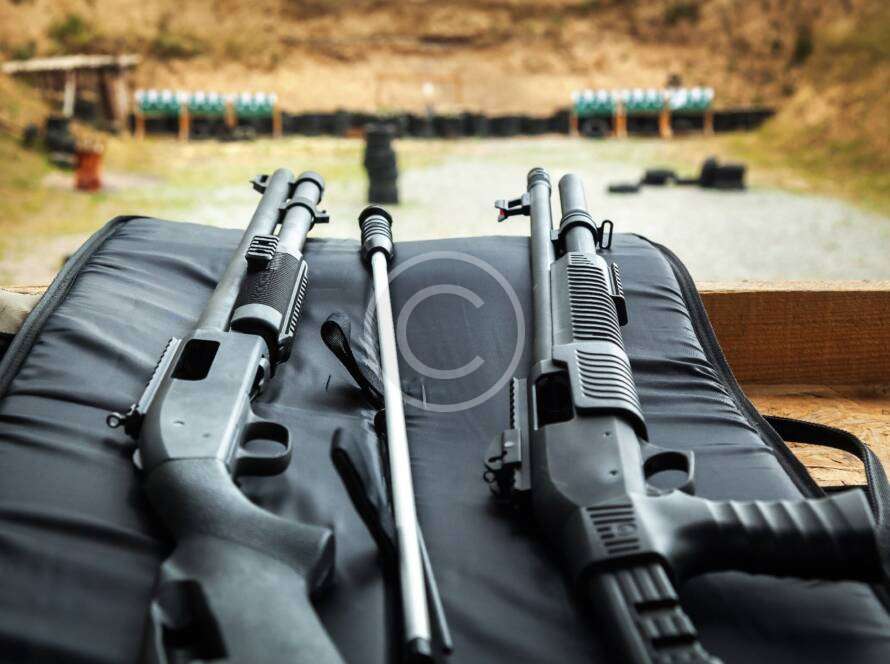Classic Long Range Shooting Tips and Techniques
Long-range shooting is a skill that demands patience, practice, and precision. Whether you’re a seasoned marksman or a beginner, mastering classic long-range shooting tips and techniques can significantly improve your accuracy and consistency. In this guide, we’ll explore proven methods to enhance your long-range shooting abilities.

1. Choose the Right Equipment
Why It Matters: The right equipment is the foundation of accurate long-range shooting. A high-quality rifle, scope, and ammunition tailored to your needs are essential.
Key Tips:
- Invest in a precision rifle with a long barrel for greater accuracy.
- Use a reliable scope with adjustable turrets for windage and elevation.
- Select match-grade ammunition for consistent performance.
Recommended Resource: Learn about long-range shooting fundamentals.
2. Understand Ballistics
Why It Matters: Ballistics knowledge helps you anticipate how environmental factors like wind, gravity, and temperature affect bullet trajectory.
Key Tips:
- Use ballistic calculators to predict bullet drop and drift.
- Practice compensating for windage and elevation changes in varying conditions.
- Maintain a shooting log to track your adjustments and results.
3. Master Your Shooting Position
Why It Matters: A stable shooting position minimizes recoil effects and ensures consistent aim.
Key Techniques:
- Use a prone position for maximum stability.
- Incorporate a bipod or sandbag for added support.
- Ensure your body is aligned with the rifle for reduced lateral movement.
4. Practice Trigger Control
Why It Matters: Proper trigger control prevents jerking and ensures a smooth shot.
Key Tips:
- Apply steady, even pressure on the trigger until the shot breaks.
- Follow through by maintaining your sight picture after firing.
- Practice dry firing to develop muscle memory and improve consistency.
5. Account for Environmental Factors
Why It Matters: Weather conditions significantly impact long-range shooting accuracy.
Key Techniques:
- Account for wind direction and speed using visual cues like vegetation movement.
- Adjust for temperature and altitude changes that affect air density.
- Use a rangefinder to calculate the exact distance to your target.
6. Practice Consistently
Why It Matters: Consistent practice builds confidence and hones your skills over time.
Key Tips:
- Practice at different ranges to become comfortable with varied distances.
- Simulate real-world conditions, including time constraints and environmental factors.
- Participate in long-range shooting competitions to test and refine your skills.



